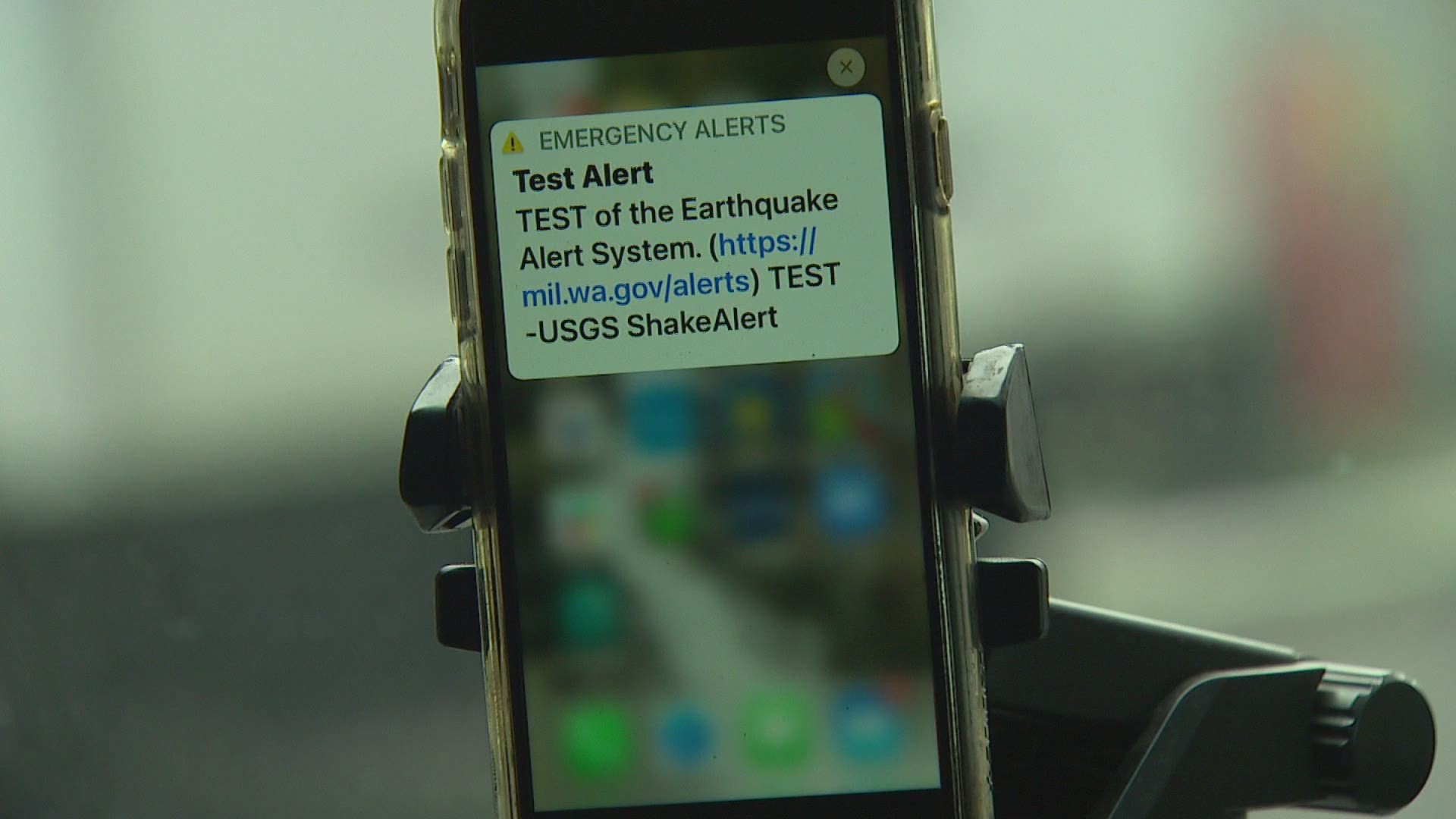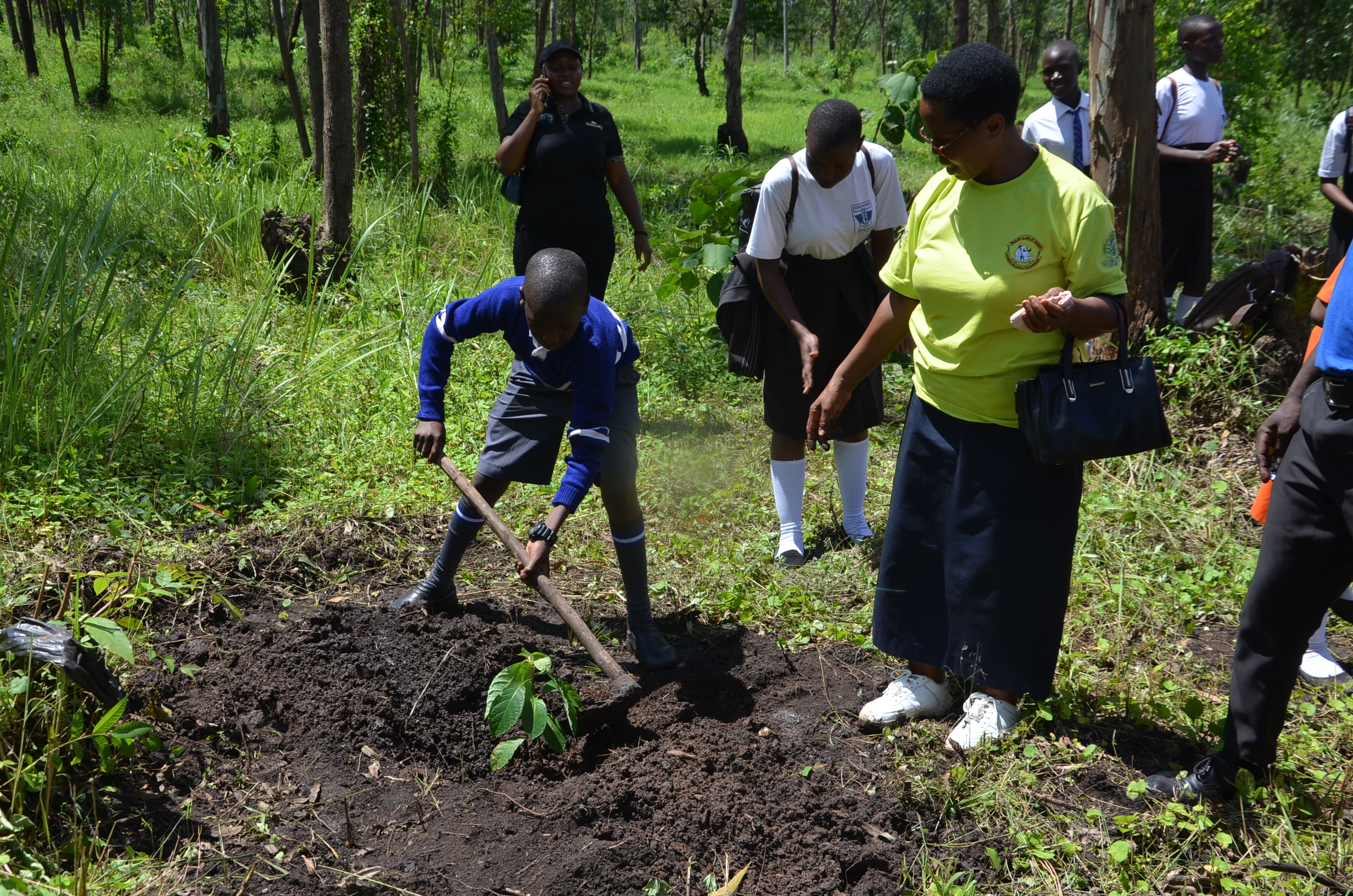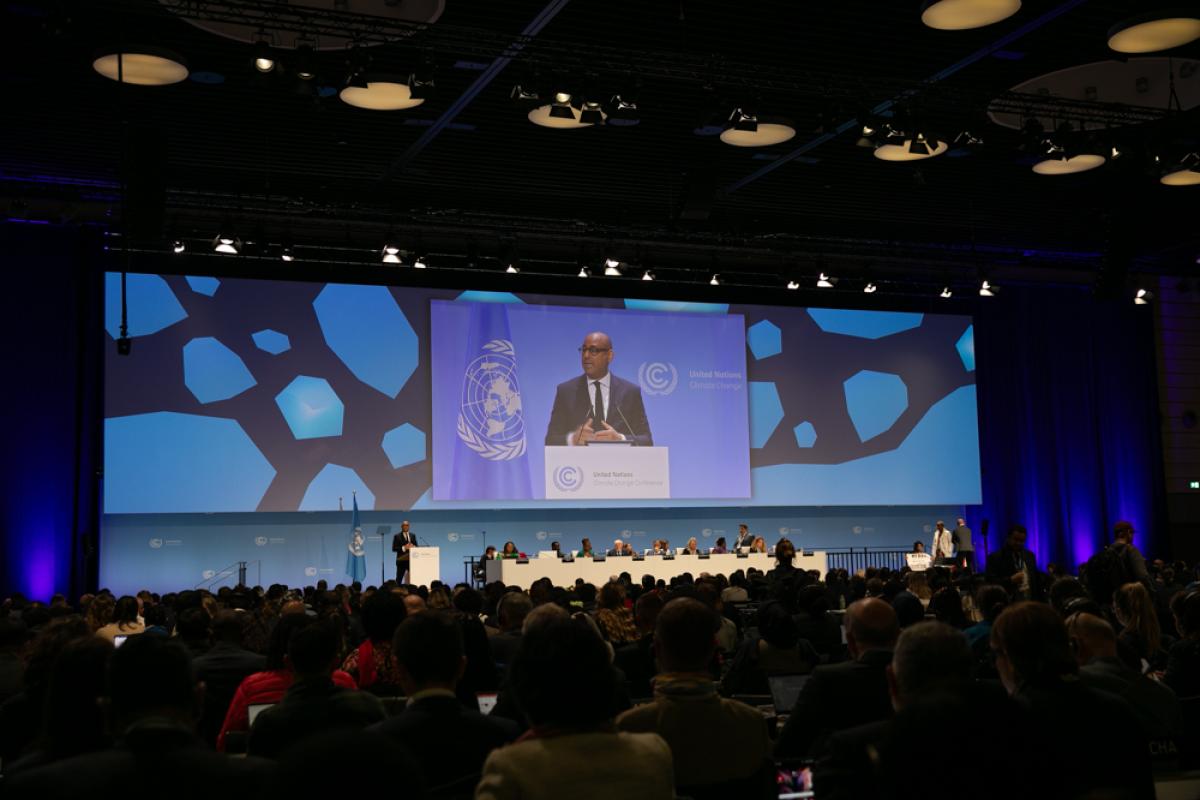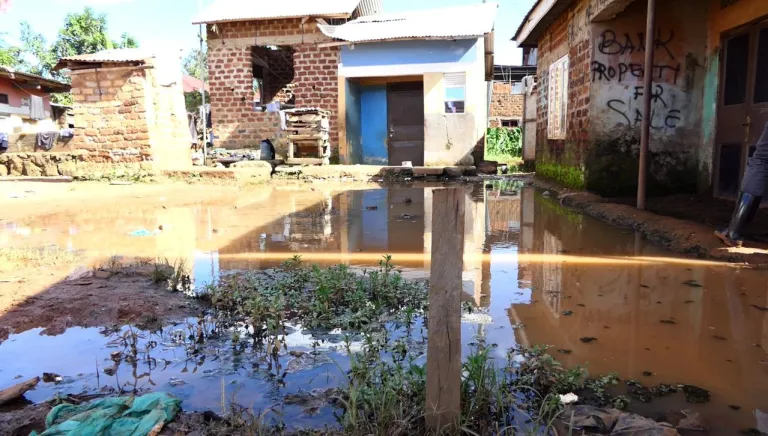Emmanuel Mukisa
As climate change increases the frequency and intensity of extreme weather events around the world, early warning systems (EWS) can save lives and livelihoods. The June UN Climate Meetings in Bonn brought together experts to discuss how innovative technologies can boost risk-informed adaptation and climate resilience.
Technology plays a crucial role in enhancing risk knowledge, strengthening EWS, and informing climate development and investment policies, particularly in vulnerable regions.
A side-event on technology, convened during the June Meetings by the UNFCCC Technology Executive Committee (TEC) and the UNEP Climate Technology Centre and Network (CTCN), focused on scaling up EWS globally and supporting the UN Secretary-General’s Early Warnings for All initiative, which aims to ensure that by 2027 every person on Earth is protected by EWS.
Cutting-edge technology like artificial intelligence, remote sensors and satellites can be used to analyse data, predict extreme weather events, and provide targeted alerts for communities at risk, among other things.
EWS will be greatly boosted by artificial intelligence, says UN Climate Change Executive Secretary Simon Stiell.
“AI can offer remarkably precise foresight on imminent climate impacts and disasters,” he said at a recent meeting on climate and AI. “This could be instrumental in helping countries and communities prepare – providing real time information that saves lives and livelihoods on a massive scale. As we fight for an equitable and just transition, we need to make sure that these technologies are accessible to all.”
During the technology side-event, UN Climate Change Senior Director Daniele Violetti emphasized that nearly 50 percent of countries have included early warning systems in their national climate plans (known as Nationally Determined Contributions or NDCs), and that one in four prioritize enhancing technology and innovation.
Prioritizing people-centered solutions
A policy brief on innovation for risk knowledge is being developed by TEC and the Group on Earth Observations (GEO) and will be launched later this year. TEC Chair Thibyan Ibrahim noted that the brief highlights the importance of context-specific technology and locally led, people-centred solutions.
Location-based messaging, for example, can help communities receive targeted warnings directly on their phones, ensuring they have the information they need to protect people and livelihoods ahead of extreme weather events. Similarly, real-time monitoring can empower residents to take swift community action and build resilience.
The Maldives – the first country to launch a roadmap for achieving Early Warnings for All – serves as a key example. Gaia Righini, from the Italian National Agency for New Technologies, Energy and Sustainable Economic Development (ENEA), noted how improved monitoring networks, supported by Italy, have strengthened the Maldives Meteorological Service since 2017.
However, in vulnerable regions, deploying innovative technologies remains challenging. Lack of funding, insufficient technical expertise, and inadequate infrastructure can significantly hinder progress. Overcoming these barriers is crucial to achieving the UN Secretary-General’s vision of Early Warnings for All.
Fostering collaboration
Anne Rasmussen, lead negotiator for the Alliance of Small Island States (AOSIS), emphasized the challenges remote island communities face in accessing modern technology. She stressed the importance of integrating traditional knowledge with scientific data to improve EWS effectiveness, and the need for international cooperation to better prepare Small Island Developing States (SIDS) for climate-related disasters.
A significant part of the side-event focused on the need to scale up technologies for climate information and early warnings in Least Developed Countries (LDCs), and to address global disparities accessing disaster risk data, especially in LDCs and SIDS. Insights from the discussions will feed into the joint policy brief under development by TEC and GEO.
Ambrosio Yobanolo, co-lead of the TEC Activity Group on EWS, and Fred Onduri, CTCN Advisory Board Chair, concluded the event by stressing the need to stay abreast of the latest technologies, strengthen collaboration among stakeholders, and leverage EWS to create more resilient and climate-adaptive communities.
Early Warning for All in Africa
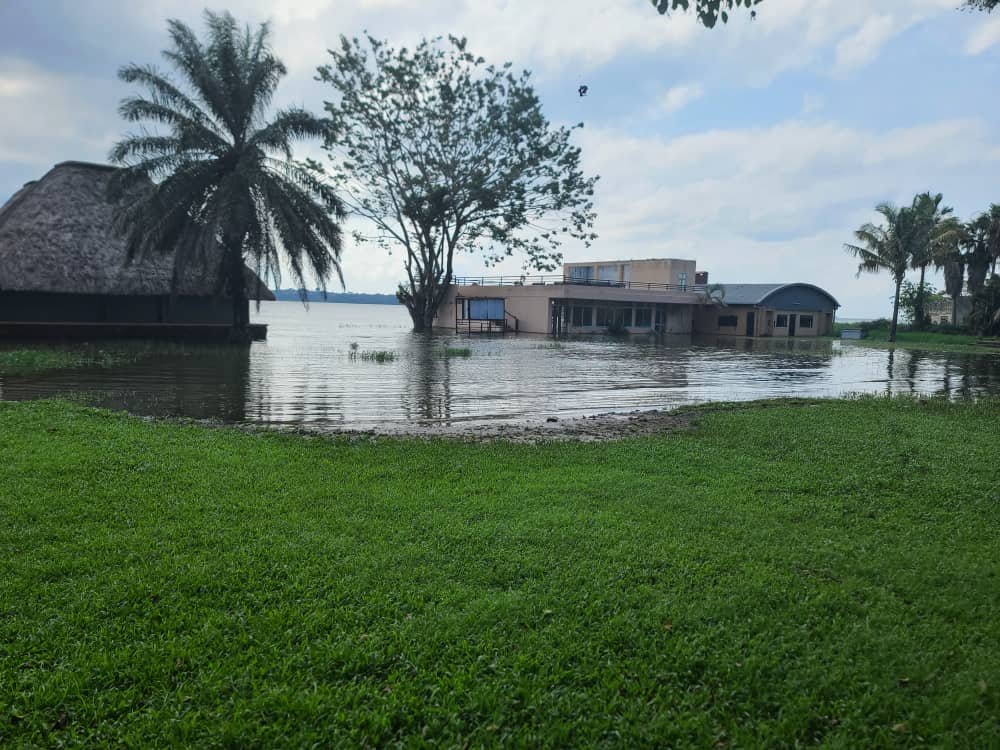
Africa is one of the world’s most susceptible continents to the negative impacts of climate change. Severe floods, droughts, tropical cyclones, storms, and heatwaves are undermining the socio-economic advancements achieved by the continent,” said WMO Secretary-General Prof. Petteri Taalas.
“Between 1970 and 2021, Africa accounted for 35% of weather, climate, and water-related fatalities. Yet, only 40% of the African population has access to early warning systems – the lowest rate of any region of the world. This new Early Warnings for All Action Plan for Africa seeks to change that,” said Prof. Taalas.
Launched 4th. September. 2023 during the Africa Climate Summit in Nairobi, Kenya, the Early Warnings for All Action Plan for Africa if implemented in just 24 hours’ notice of an impending hazardous event can cut the ensuing damage by 30 per cent. The Global Commission on Adaptation found that spending just US$800 million on such systems in developing countries would avoid losses of $3 to 16 billion per year.
“The Early Warning for All in Africa Action Plan is a comprehensive effort to strengthen early warning systems across Africa. By focusing on monitoring, capacity building, communication, and community engagement, the initiative aims to enhance disaster preparedness, increase public awareness, and promote regional cooperation. Ultimately, it strives to save lives, protect livelihoods, and build a more resilient Africa,” said Mami Mizutori, the Special Representative of the United Nations Secretary-General for Disaster Risk Reduction, and head of the United Nations Office for Disaster Risk Reduction (UNDRR).
Four Pillars
The Early Warnings for All in Africa Action Plan – like the global initiative – has four foundational Pillars, coordinated through the support of the political leadership. For each pillar, a proposed scenario for what success looks like, required actions and proposed activities has been developed as well as implementation strategies and coordination considering from regional to national levels.
Disaster Risk Knowledge and Management: This pillar is led by the UN Office for Disaster Risk Reduction, with support from WMO.
It aims to collect data and undertake risk assessments to increase knowledge of hazards and vulnerabilities and trend. By improving disaster risk knowledge, Africa can better understand and manage its vulnerabilities, reduce the impact of disasters, and build resilience within communities in order to better manage disaster risks.
It encompasses the following aspects: Risk Identification and Assessment; Data Collection and Analysis; Community Engagement and Education; and Knowledge Sharing and Partnerships. This requires a multi-faceted approach that combines scientific advancements, community participation, and regional collaboration to create a safer and more prepared Africa.
Observations, monitoring, and forecasting: WMO leads this pillar, with support from UN Development Programme (UNDP), UN Educational, Scientific and Cultural Organization (UNESCO) and UN Environment Programme (UNEP).
It focusses on improving the monitoring and observation of various climate and weather-related parameters. This involves deploying modern sensor technologies, use of satellite imagery, weather stations, and other data collection tools to gather real-time and accurate information.
It seeks to address critical gaps in observational coverage, data transmission and sharing, utilization of data and products from Global Producing Centres (GPC) and space earth monitoring systems, and the production of value-added products such as impact-based forecasts.
To effectively utilize the collected data, the initiative emphasizes the capacity building of meteorological and hydrological agencies. This includes training meteorologists, technicians, and relevant stakeholders in advanced forecasting techniques, data interpretation, and dissemination of climate information and services to different socio-economic sectors.
Dissemination and Communication: This pillar is led by the International Telecommunications Union, with support from the International Federation of Rec Cross and Red Crescent Societies (IFRC) , UNDP, and WMO. One of the key aspects of the initiative is to establish robust and reliable communication channels for disseminating early warning information.
It involves leveraging digital technology, such as mobile networks, apps, and social media platforms, to reach a wider audience and ensure the delivery of warnings in a timely manner.
Preparedness and Response Capabilities: IFRC leads this pillar, and with support from Risk Informed Early Action Partnership (REAP), Office for the Coordination of Humanitarian Affairs (OCHA), Food and Agriculture Organization (FAO), and World Food Programme (WFP).
Recognizing the importance of community involvement in disaster risk reduction, the initiative supports the active participation of local communities in early warning systems. This includes educating communities about the risks they face, training them on response and evacuation procedures, and integrating their indigenous knowledge into the systems.
Governance and Coordination: The African Union Commission (AUC) provides political leadership in the implementation of Early Warnings for All on the continent, supporting WMO and UNDRR who are co-leading the implementation.
Establishing an effective governance and coordination mechanism for early warning systems in Africa is crucial to ensure the timely and coordinated dissemination of critical information to at-risk populations.
The initiative would strengthen regional cooperation by fostering collaboration and knowledge sharing among African countries, regional organizations, and international partners, promoting a coordinated and harmonized approach to early warning systems in the continent. This is vital given the transboundary nature of many hazards.
More information on UN Climate Change’s climate technology work

